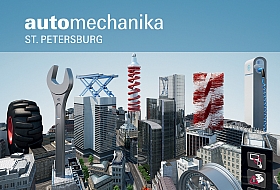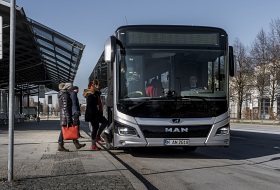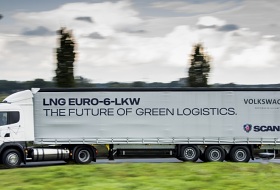Водородные новости! Hyundai Motor to Compete for Hydrogen Car Supremacy with Toyota in US Market

Публикация по рекомендации Александра Раменского
США станет полем битвы за первенство в поставках электромобилей с водородными топливными элементами. Претенденты - Hyundai Motors и Toyota.
В прошлом году продано более 4000 единиц Mirai.
В Калифорнии установлены 31 водородная заправочная станция. Если в Калифорнии в этом году будут установлены еще 12 заправочных станций, этот показатель превысит 40. Кроме того, в Нью-Йорке и Бостоне будут установлены 12 новых станций.
В Корее всего 11 заправочных станций водорода. Правительство планирует увеличить число до 310 к 2020 году.
Подробнее - ниже. Английский знают все.
=== *** ===
Seoul, Korea
26 January 2018 - 10:00am
Jung Min-hee
Hyundai Motors will face Toyota head-on in the US emerging as a major global battleground for the world's leading hydrogen-powered electric cars. Toyota has risen as a new leader in hydrogen-fueled electric cars. As hydrogen filling stations are rapidly being installed in the US, it is highly likely that a company that will preempt the US market will gain a supremacy over the global hydrogen car market in the future.
According to industry sources, Hyundai Motor plans to launch the next-generation hydrogen electric car 'Nexo' in Korea first in March and to sequentially launch it in Europe and the US. The annual production goal set by Hyundai Motor is around 3680 units. The car is expected to compete with the Toyota Mirai, which currently ranks first in hydrogen electric vehicle sales in the US.
The Nexo's single-charge mileage is 580 km in Korea. Its mileage is 165km more than that of the previous-generation ix35 (a hydrogen electric version of Tucson) which is 415 km. This also eclipses the Toyota Mirai's one-charge mileage of 501km (based on the US Environmental Protection Agency). Considering that Korea is using the American method, which is more demanding than Europe, the Nexo’s one-charge mileage outweighs that of the Mirai.
The two companies' full-scale hydrogen electric vehicle competition is expected to take place in August when the Nexo will hit the US market. The Mirai sold more than 4000 units in total until last year. This figure is nearly quadruple Hyundai's 2013 cumulative sales of its first hydrogen electric car ix35. Considering that the Mirai sold more than 3,000 units in January in two years and three months since its launch in the US, most sales were achieved in the United States. Toyota also said, "The Mirai accounted for 80% of hydrogen cars sold in the US."
It is filling facilities that cause the hydrogen car competition to take place not in Korea and Japan but in the United States. In the United States, 31 hydrogen filling stations have been installed in California enjoying the fastest diffusion of eco-friendly vehicles such as hydrogen cars. If an additional 12 filling stations are installed in California this year, the figure will exceed 40. On top of that, 12 new ones will be installed in New York and Boston.
By contrast, there are only 11 hydrogen filling stations in Korea. Besides, five of them are for research purposes only. The government is planning to ramp up the number to 100 by 2020 and 310 by 2020, but some industry watchers are skeptical about the implementation of the plan. In the first place, the government planned to dial up the number of hydrogen filling stations by granting private filling station operators the right to operate highway service stations but the plan was shattered due to the government’s failure to secure funds.



